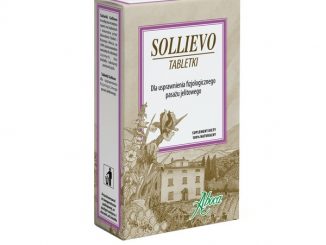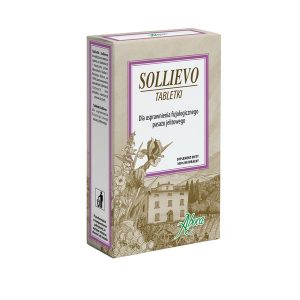The properties of Aloin
Aloin, also known as barbaloin, is a bitter, yellow-brown colored compound noted in the exudate of at least 68 Aloe species at levels from 0.1 to 6.6% of leaf dry weight (making between 3% and 35% of the total exudate) (Groom & Reynolds, 1987), and in another 17 species at indeterminate levels [Reynolds, 1995b]. It is used as a stimulant-laxative, treating constipation by inducing bowel movements. The compound is present in what is commonly referred to as the aloe latex that exudes from cells adjacent to the vascular bundles, found under the rind of the leaf and in between it and the gel. When dried, it has been used as a bittering agent in commerce (alcoholic beverages). Aloe is listed in federal regulations as a natural substance that may be “safely used in food” when used “in the minimum quantity required to produce their intended physical or technical effect and in accordance with all the principles of good manufacturing practice.” This food application is generally limited to use in quite small quantities as a flavoring in alcoholic beverages and may usually be identified only as a “natural flavor.”
Plant-derived remedies containing aloin and other anthraquinones have been used as traditional medicines since antiquity. The substance is still allowed in dietary supplements and is allowed for use in foods (primarily alcoholic beverages).



























































